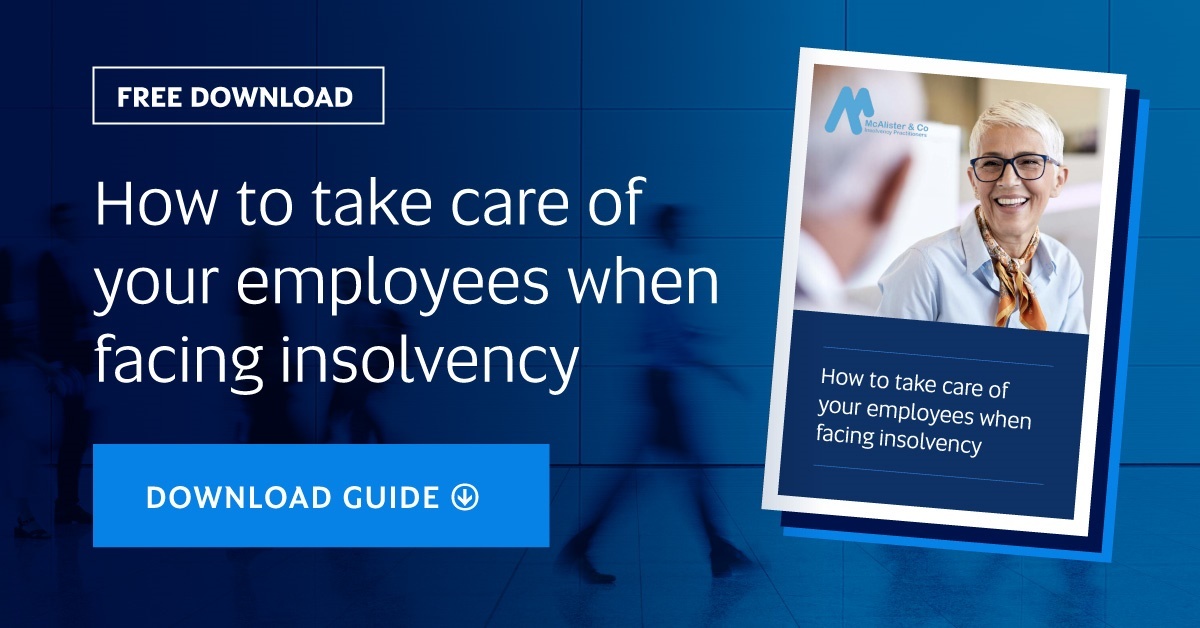You are legally obliged to declare your earnings and submit a completed tax return every year if you are a sole trader or run your own business.
For those who fill out a paper self-assessment income tax form, the deadline was October 31st, 2022 – however, for those who submit theirs online, the cut-off date is January 31st, 2023, so you still have a bit of time.
Either way, the failure to return your self-assessment form on time either because of a missed self-assessment registration deadline or another reason can come with some penalties.
So, if your tax return is late, read on to discover what to do next…
What are the implications?
If you’ve missed the self-assessment registration deadline there are a number of costly implications for failing to return your self-assessment form on time. For starters, there are penalties for late submission, with an instant, unavoidable penalty incurred on the 1st of February for any late filing of tax returns.
If three months go by without a submission, you will also face an additional daily penalty of £10 per day, every day, up to a maximum of £900. At six months, you will face a further penalty of £300, and at 12 months, an additional £300 will be charged.
But these are just the penalties for not filing your tax return; there are also penalties for failing to pay your tax. If your payment is late by 30 days, a charge of 5% of the total due tax is added, with another 5% payable after six months, and an additional 5% after 12 months.
And that’s not all – there are also interest charges too. See, we told you it was pricey!
5 things to do if you can’t pay your tax
The cost implications of failing to file and pay your taxes really do add up, so much so that it’s no wonder that many people quickly find themselves in a position where they feel that they just can’t pay their tax. In this situation, though, all is not lost – and there are some steps still available to take:
1. Submit your return
First and foremost, make sure you complete and return your self-assessment form as soon as possible to find out what you owe and stop any further late submission fees from being incurred.
There’s no point in burying your head in the sand – the sooner you know exactly what you’re facing, the quicker you can put a plan in place to sort things out.
2. Speak to an adviser
Once you’ve submitted your return, contract HMRC and speak to an adviser. HMRC wants to work with people to help them find a way to pay their debts as quickly as possible in a way that is affordable for them – in fact, on average they have more than half a million arrangements in place at any one time.
Even if you can’t pay anything, simply by getting in touch and showing willing, they will likely be much more lenient and understanding.
3. Apply for a time to pay arrangement
Once you’ve spoken to HMRC, one of the possible solutions they might recommend could be a time to pay arrangement. The time to pay service essentially does what it says on the tin; it provides people with additional breathing space so they can free up some cash and pay back what they owe gradually.
Once approved, you will then repay your debt in monthly instalments, usually over a period of up to 12 months. Find out more about how to apply here.
4. Consider an individual voluntary arrangement
If your time to pay application is rejected or it’s not the right option for you, you could consider an individual voluntary arrangement.
An IVA is a formal procedure that was originally established as an alternative to bankruptcy and is a legally binding contract that allows you to repay some or all of your debts from your future profits over a set period of time – typically between five and seven years.
With an IVA, you only repay what you can afford and once the IVA period is complete, any remaining debt is written off.
HMRC do accept IVAs, but they usually have their own guidelines about the circumstances in which they’ll accept this, so it’s important to speak to an insolvency practitioner who can help you prepare a proposal for HMRC’s consideration.
5. Put together a debt management plan
Another possible option that could help you to solve cash-flow problems and enable you to find extra money to pay HMRC is a debt management plan.
From managing cash projections to anticipating costs and losses, putting a clear debt management plan in place could help with your cash flow woes.
If you are struggling to put a plan in place, a licensed insolvency practitioner will look at every aspect of your business and put together a thorough plan to help you cut costs and see where you can make potential savings.
How McAlister & Co can help
The issues that arise with the HMRC from failing to submit your tax return can only be resolved by addressing them head on.
If you’ve missed the self-assessment registration deadline and need advice on what to do next, our team of personal insolvency experts are here. Contact us today on 03338 802 497 to put a plan in place.

